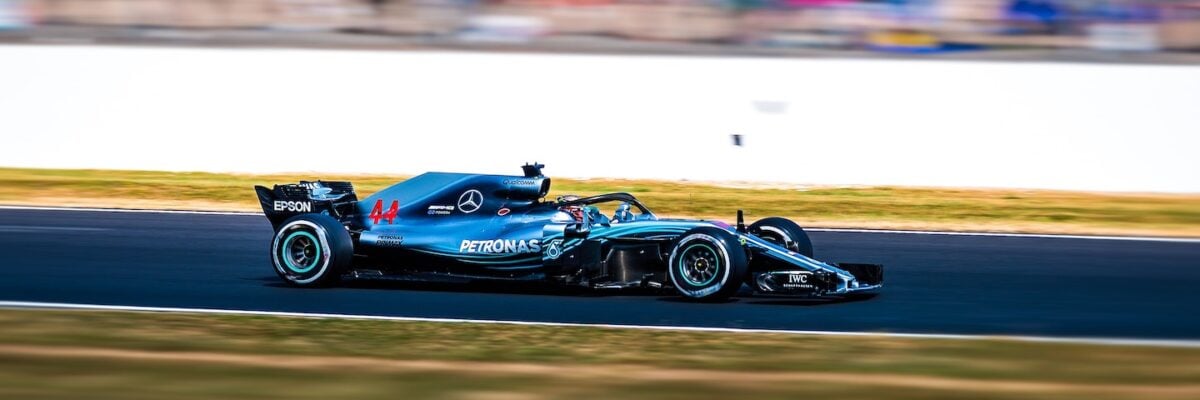Here are a couple of things I think are worth sharing:
Canagliflozin extends lifespan in genetically heterogeneous male but not female mice (Miller et al., 2020)
A recent study by the National Institute on Aging Interventions Testing Program (ITP) finding an SGLT2 inhibitor (SGLT2i) extended the lifespan in male mice. To date, seven compounds tested by the ITP have shown a statistically significant extension of lifespan in mice:
- Aspirin – males only (Strong et al., 2008);
- Rapamycin – males and females (females > males) (Harrison et al., 2009, Miller et al., 2011, Miller et al., 2014);
- 17-α-Estradiol – males only (Harrison et al., 2014);
- Acarbose – males and females (males > > females) (Harrison et al., 2014);
- Nordihydroguaiaretic acid (NDGA) – males only (Strong et al., 2008, Harrison et al., 2014);
- Protandim® – males only (Strong et al., 2016);
- Canagliflozin – males only (Miller et al., 2020)
Can’t wait to have Rich Miller, one of the authors on the SGLT2i study (and every study cited above) on the podcast to discuss their findings. Not only will we discuss the success stories of the ITPs, but also some notable failures. Stay tuned!
§
Why it’s unfair to say Hamilton is winning only because of the car (ESPN, August 17th, 2020)
Even if you don’t follow Formula 1, this is a great piece for a few reasons, one of them being it provides a good description of the physical demands of F1. I have, on a few occasions, experienced g-forces of 3 in a race car, but to think that F1 drivers routinely hit 5-g is almost comical, and that’s just part of the physical side. When you add in the mental gymnastics they are performing between each corner, plus constant communications with their engineers, I can honestly say I have zero idea how they do it. Lewis Hamilton and I share one thing in common, which is our shared view (and we’re far from alone here) that Ayrton Senna was the greatest driver of them all. Another thing I like about this piece is that it makes reference to what virtually everyone considers the greatest qualifying session in racing history, Senna’s 1988 Monaco GP in the McLaren MP4/4. It was so special, that years later McLaren made a short video commemorating the event. That Senna, who had yet to win even his first world championship at the time of that race, qualified more than 1.4 seconds ahead of the best driver of that era, Alain Prost, his teammate, driving the same car is a feat I still can’t comprehend. For comparison, Hamilton, who took pole for the race described in this piece, outpaced his teammate in the same car by 0.059 seconds.
– Peter




